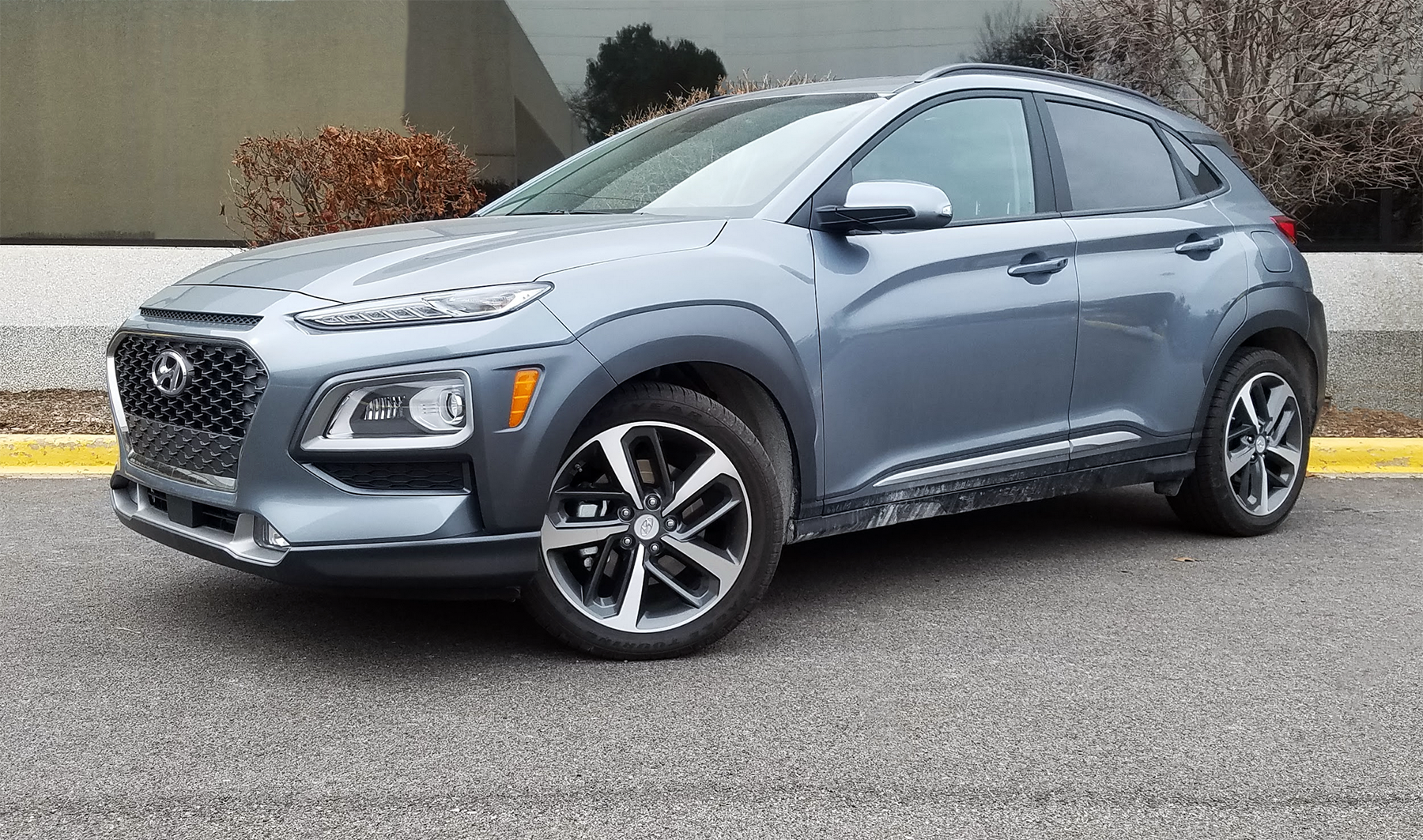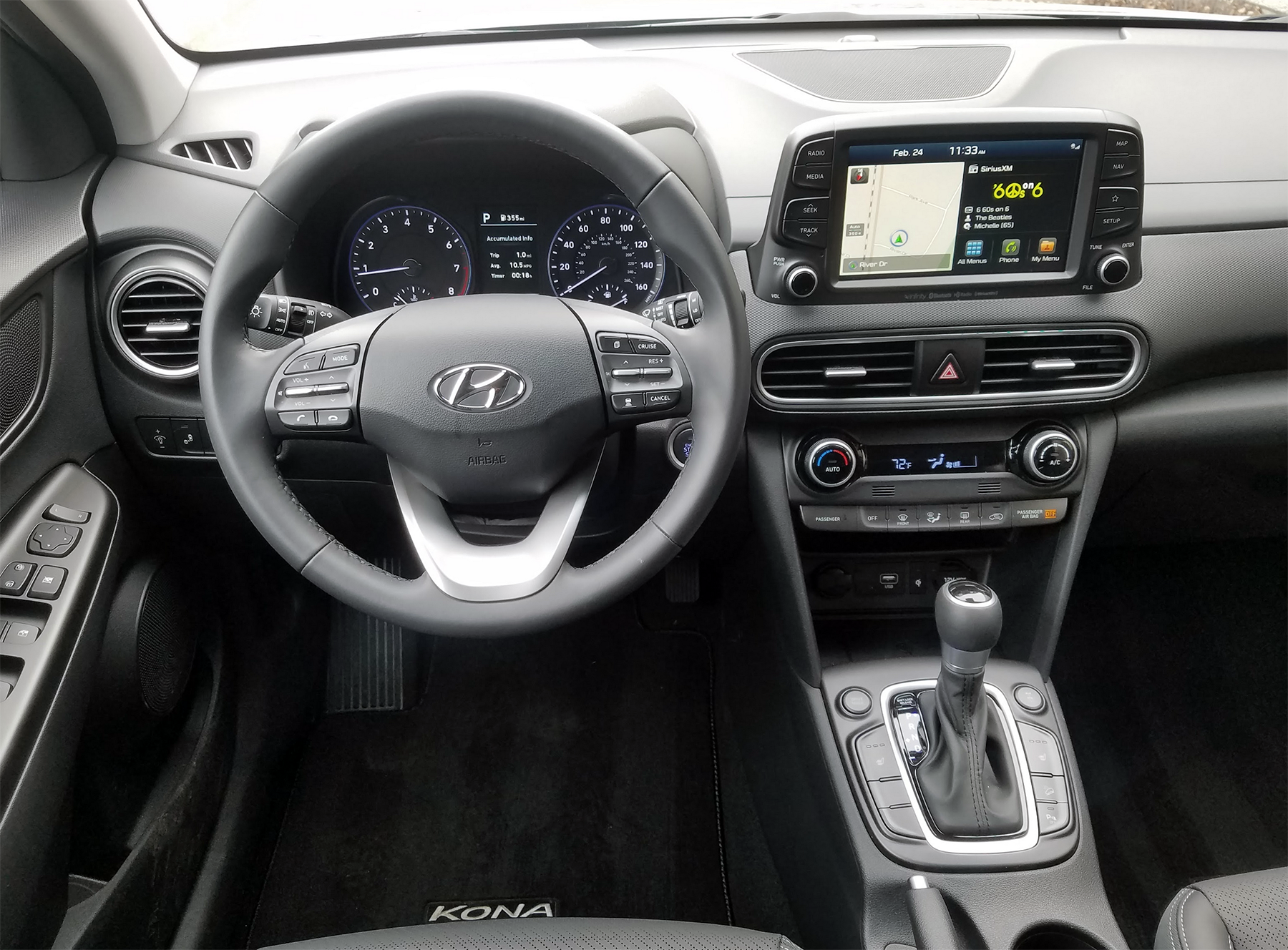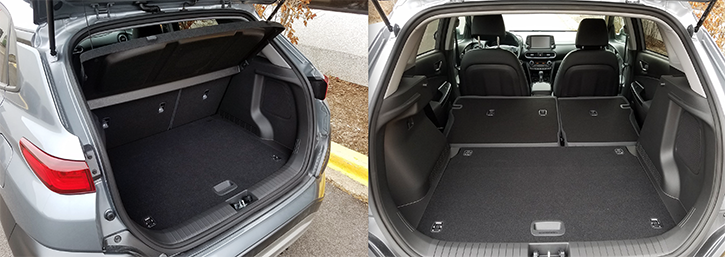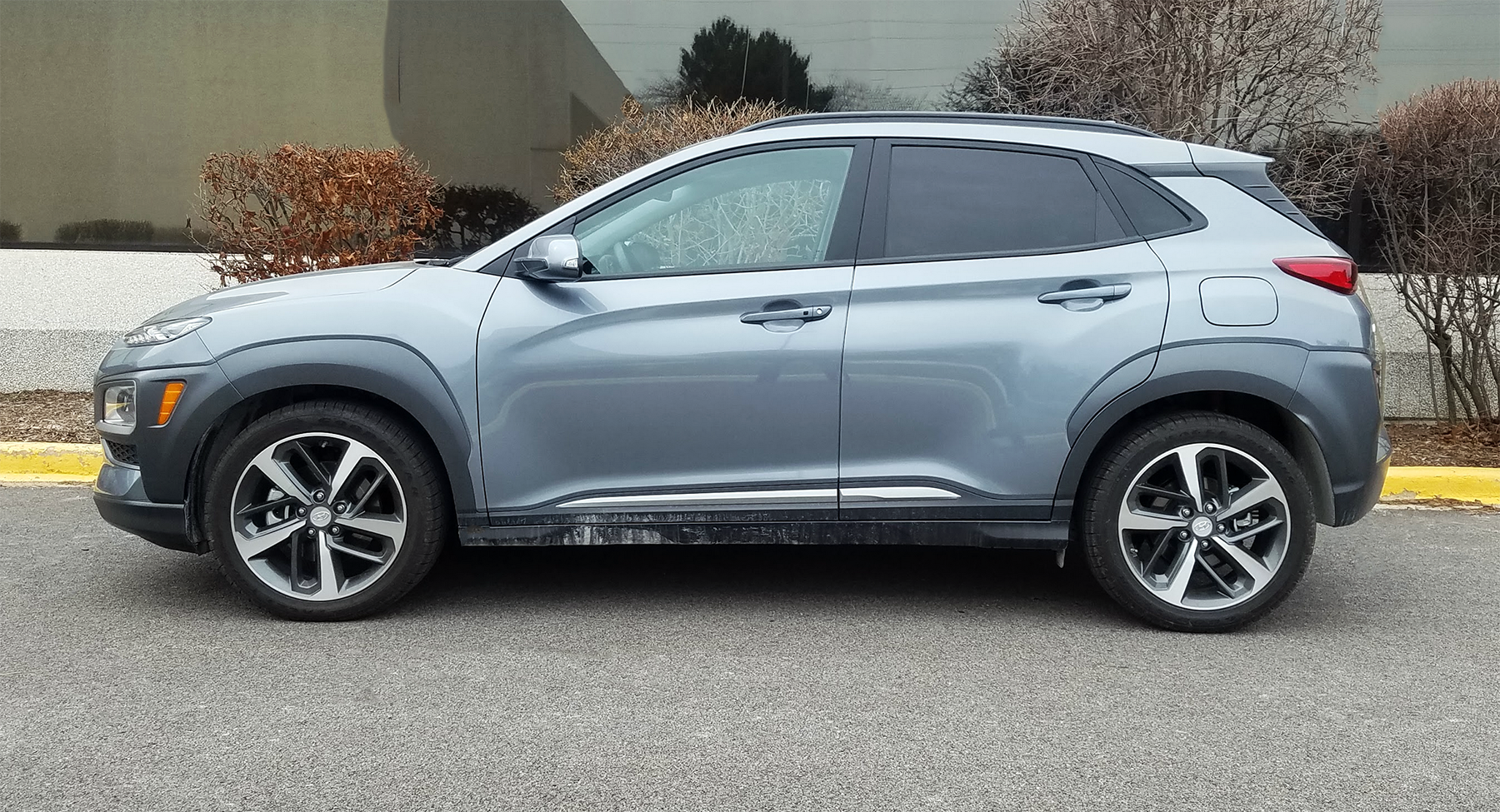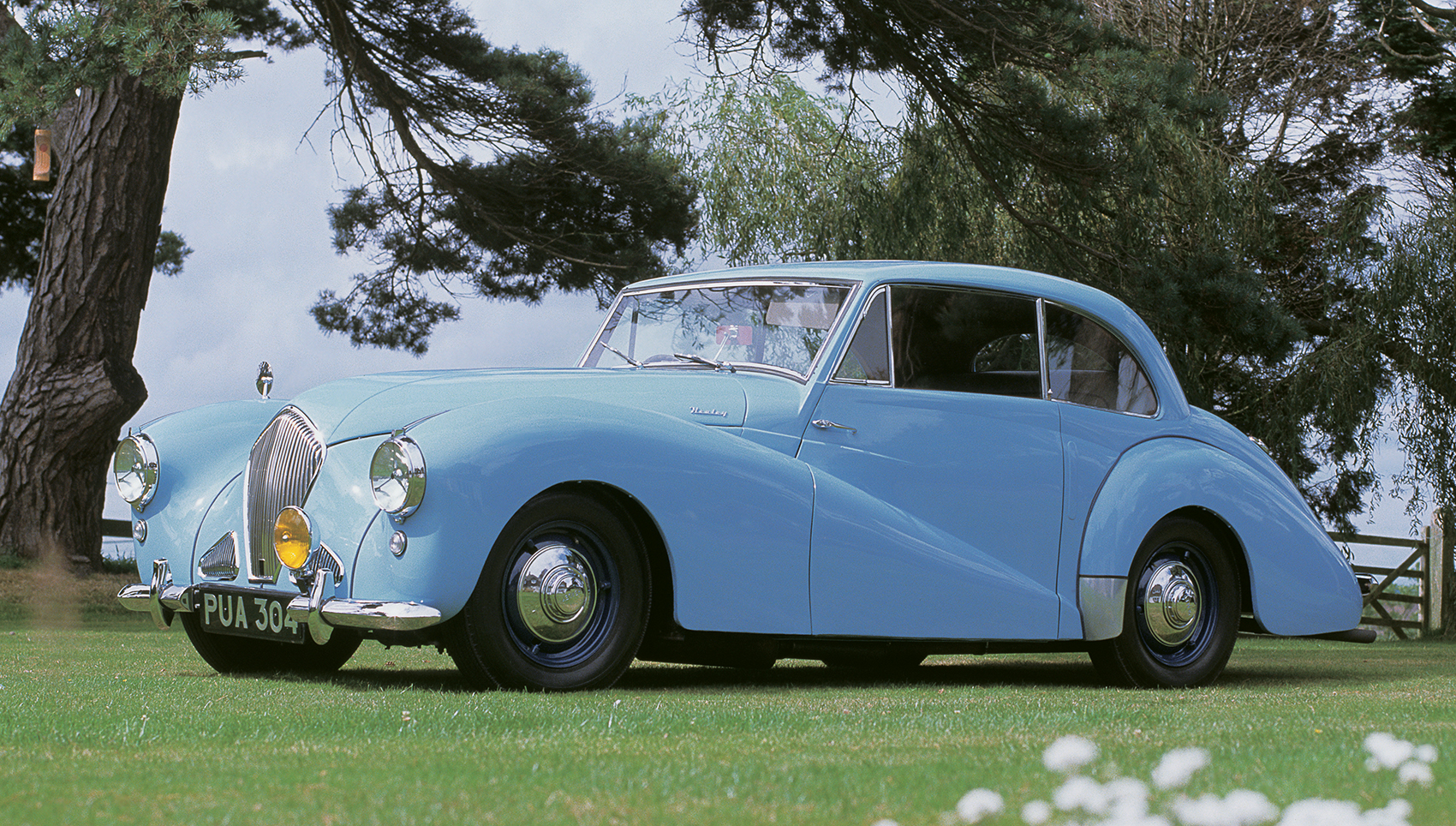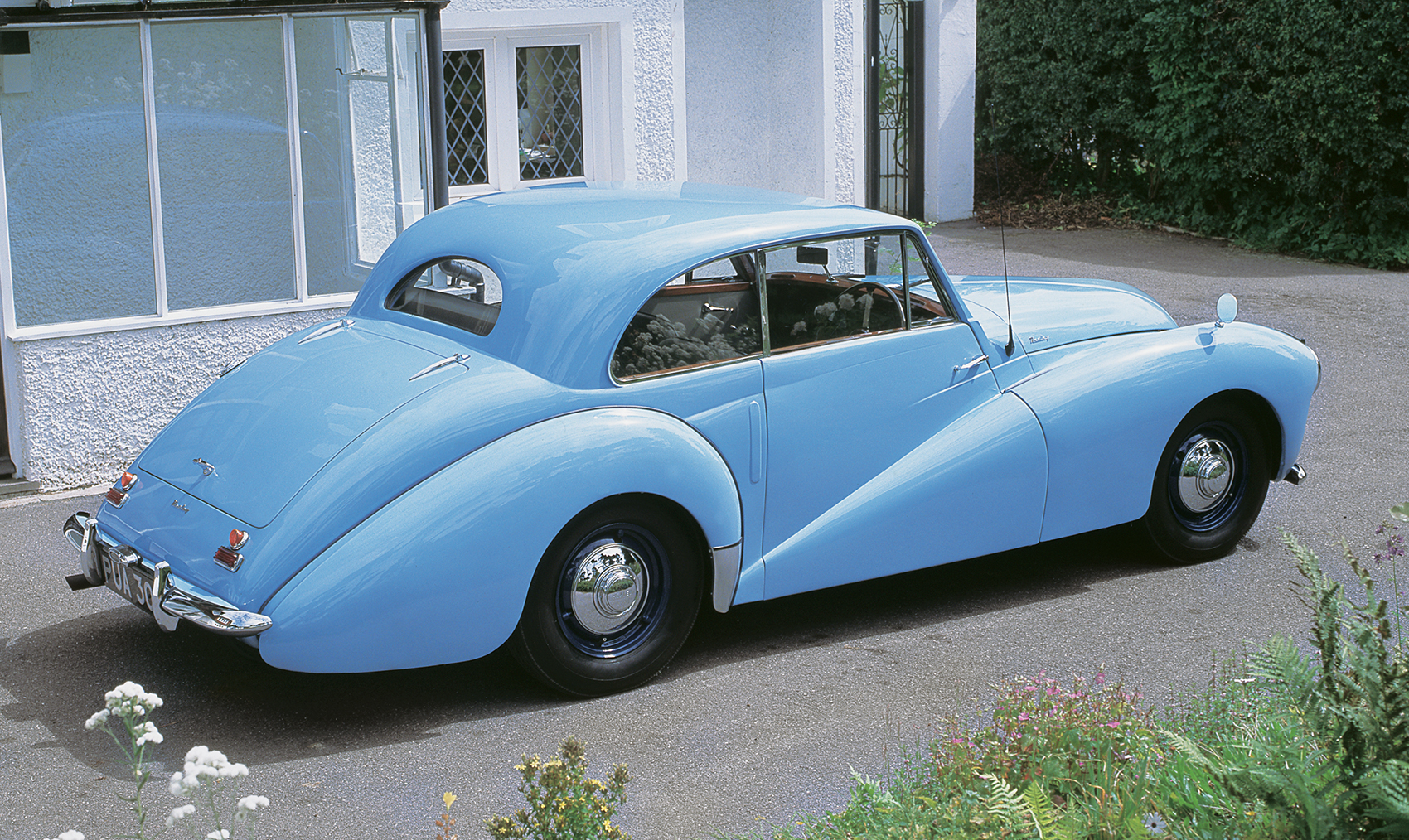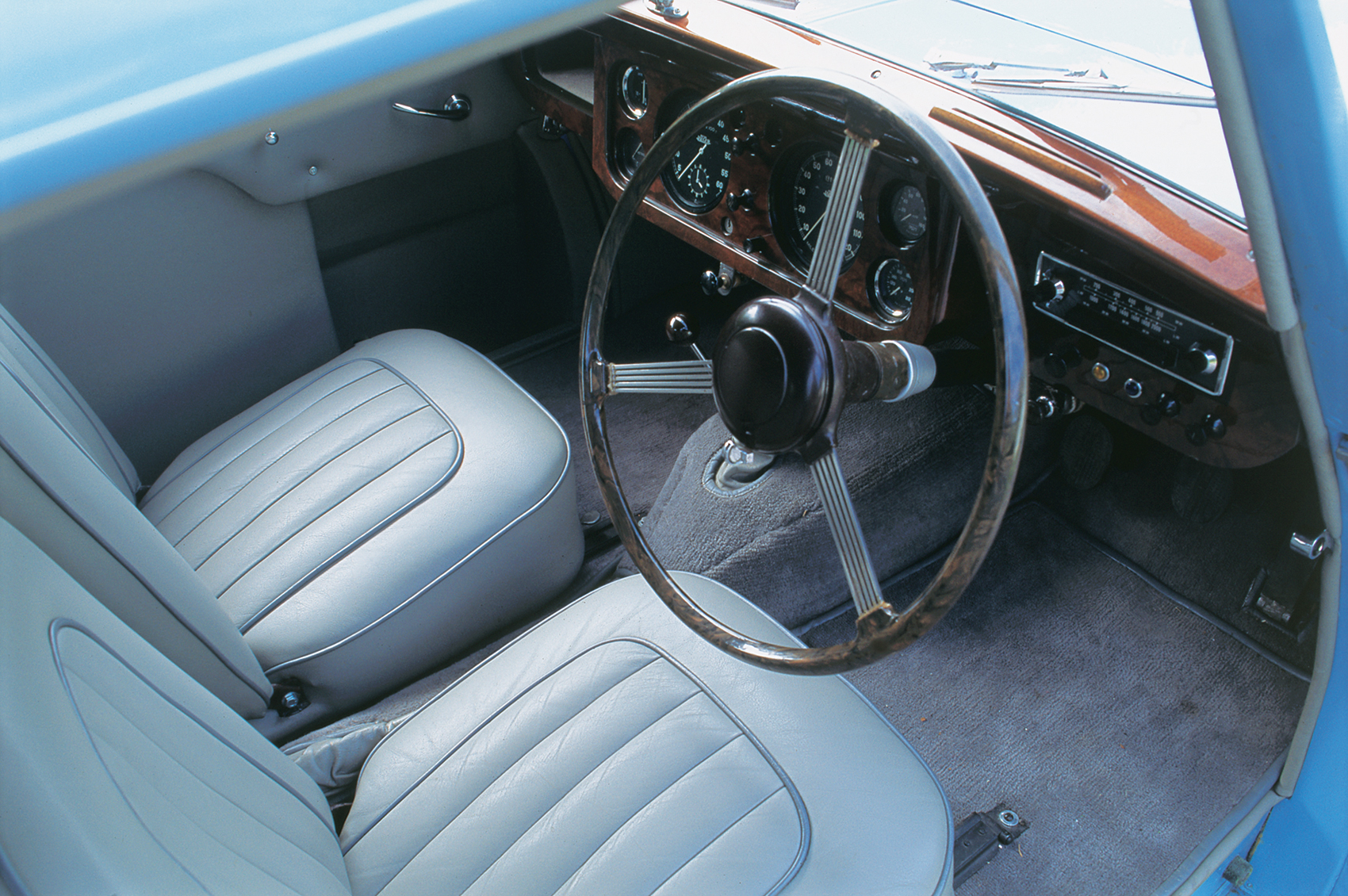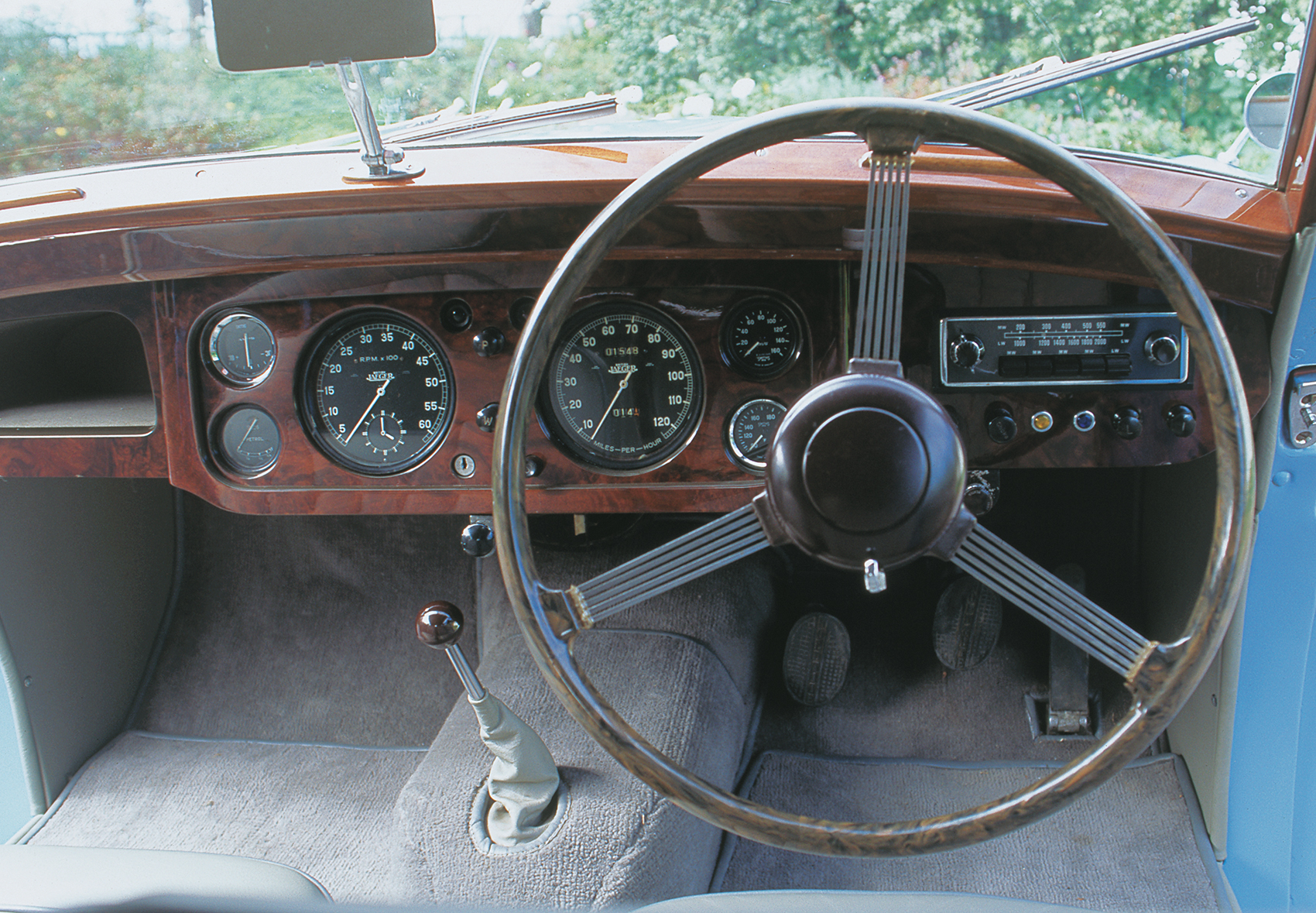
2020 Chevrolet Traverse High Country AWD in Black Cherry Metallic
 2020 Chevrolet Traverse High Country AWD
2020 Chevrolet Traverse High Country AWD
Class: Midsize Crossover SUV
Miles driven: 161
Fuel used: 9.7 gallons
| CG Report Card | |
|---|---|
| Room and Comfort | A |
| Power and Performance | B+ |
| Fit and Finish | B |
| Fuel Economy | B- |
| Value | B |
| Report-card grades are derived from a consensus of test-driver evaluations. All grades are versus other vehicles in the same class. Value grade is for specific trim level evaluated, and may not reflect Consumer Guide’s impressions of the entire model lineup. | |
| Big & Tall Comfort | |
| Big Guy | A |
| Tall Guy | A |
| Big & Tall comfort ratings are for front seats only. “Big” rating based on male tester weighing approximately 350 pounds, “Tall” rating based on 6’6″-tall male tester. | |
| Drivetrain | |
| Engine Specs | 310-hp 3.6L |
| Engine Type | V6 |
| Transmission | 9-speed automatic |
| Drive Wheels | AWD |
Real-world fuel economy: 18.5 mpg
Driving mix: 45% city, 55% highway
EPA-estimated fuel economy: 17/25/20 (city, highway, combined)
Base price: $53,200 (not including $1195 destination charge)
Options on test vehicle: none
Price as tested: $54,395
Quick Hits
The great: Ample passenger and cargo room; nicely sorted road manners for a vehicle this large
The good: Standard 3.6 V6 supplies smooth, satisfying power
The not so good: Cabin materials aren’t as nice as they should be on a $50K-plus top-line model; some desirable safety features are restricted to high-end trim levels
More Traverse price and availability information
John Biel
Chevrolet builds a roomy and convenient midsize crossover SUV in the 3-row Traverse. It appeared in its present form starting with the 2018 model year, and has been “massaged” since with some changes in model offerings and equipment.

At 204.3 inches long overall and 78.6 inches wide, the Chevrolet Traverse is one of the largest three-row SUVs in the midsize segment. Black Cherry Metallic is a new-for-2020 color.
For 2020, a new infotainment system finds its way into all models. With the deletion of the turbocharged 2.0-liter 4-cylinder engine formerly reserved for the front-wheel-drive Traverse RS, there is just one engine/transmission combination for the entire model line. Meanwhile, the top-line High Country now comes two ways, with a front-wheel-drive version added as a companion to the existing all-wheel-drive job.
Consumer Guide editors tested a ’20 Traverse High Country, albeit an AWD-equipped example. With no options added to it, the test vehicle stickered for the base price of $54,395, including delivery. That is $2300 more than the front-driver costs.
Quick Spin: 2020 Cadillac XT6 Sport

Some of the Traverse High Country’s interior materials are a bit disappointing for a top-line trim level, but at least a full compliment of comfort and convenience features–including a wireless cellphone charger, heated and ventilated seats, heated steering wheel, navigation system, and adaptive cruise control– comes standard.
High Country is the only Traverse trim level that starts above $50,000. Its version of the easy-to-use new Chevrolet Infotainment 3 system includes an 8-inch touchscreen (some lesser models have a 7-inch screen) navigation, voice recognition, Bluetooth audio streaming, and Apple CarPlay/Android Auto smartphone compatibility. Other tech features include adaptive cruise control, keyless entry and starting, remote starting, wireless device charging, WiFi hotspot, satellite radio, and a 10-speaker Bose sound system. A thorough complement of driver-assistance and safety monitors counts rear parking assist, rear-camera mirror, rear cross-traffic alert, blind-spot alert, forward-collision alert, enhanced automatic emergency braking (with front pedestrian detection), lane-keep assist, a surround-view camera, and teen-driver monitoring among its members.
Test Drive: 2020 Kia Telluride SX
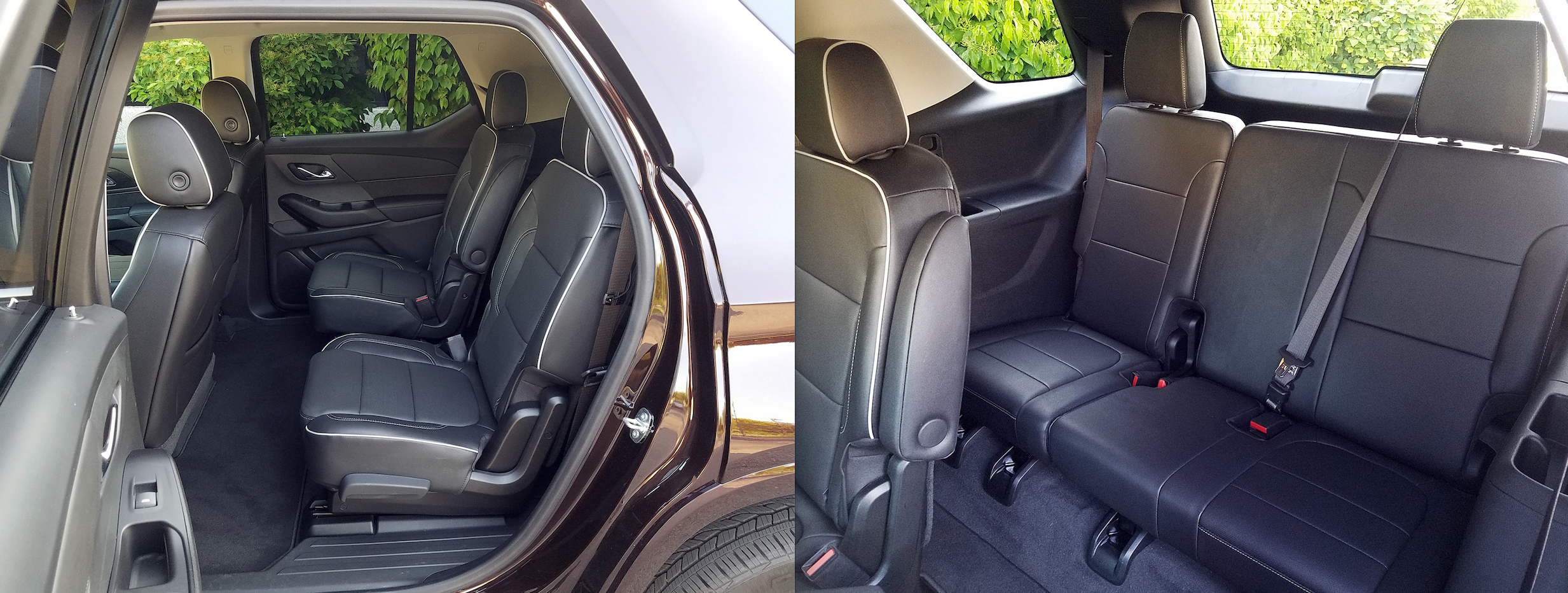
There’s ample passenger space in the Traverse’s second-row seats. The third row is best suited for kids, but a couple of sub-6-foot adults can fit back there in decent comfort–especially if the sliding second-row seats are set forward a bit.
Exterior details are 20-inch polished-aluminum wheels, dual-pane sunroof, heated power and self-dimming external mirrors, fog lamps, LED headlights and taillights, hands-free power liftgate, roof rails, and trailering equipment that helps make the High Country the conventional-towing champ among Traverses at a rated 5000 pounds. The 7-passenger interior sports leather on the seats and the heated steering wheel. Both front seats are power adjustable—8 ways with memory for the driver—and have power lumbar control. They’re heated and ventilated, too, while second-row captain’s chairs are heated. A power tilt and telescoping steering column, tri-zone automatic climate control, and a universal home remote are included as well.
Audio and climate controls are intuitive and handy. The latter uses temperature-setting dials on either side of a cluster of clearly marked buttons for other functions. The tri-zone unit gives second-row occupants access to controls on the back of the console. However, cabin materials are not so grand for a high-zoot model. The tops of the doors are attractively textured, but they’re plastic with no underlying give. The console is plastic city.
Test Drive: 2020 Hyundai Palisade Limited
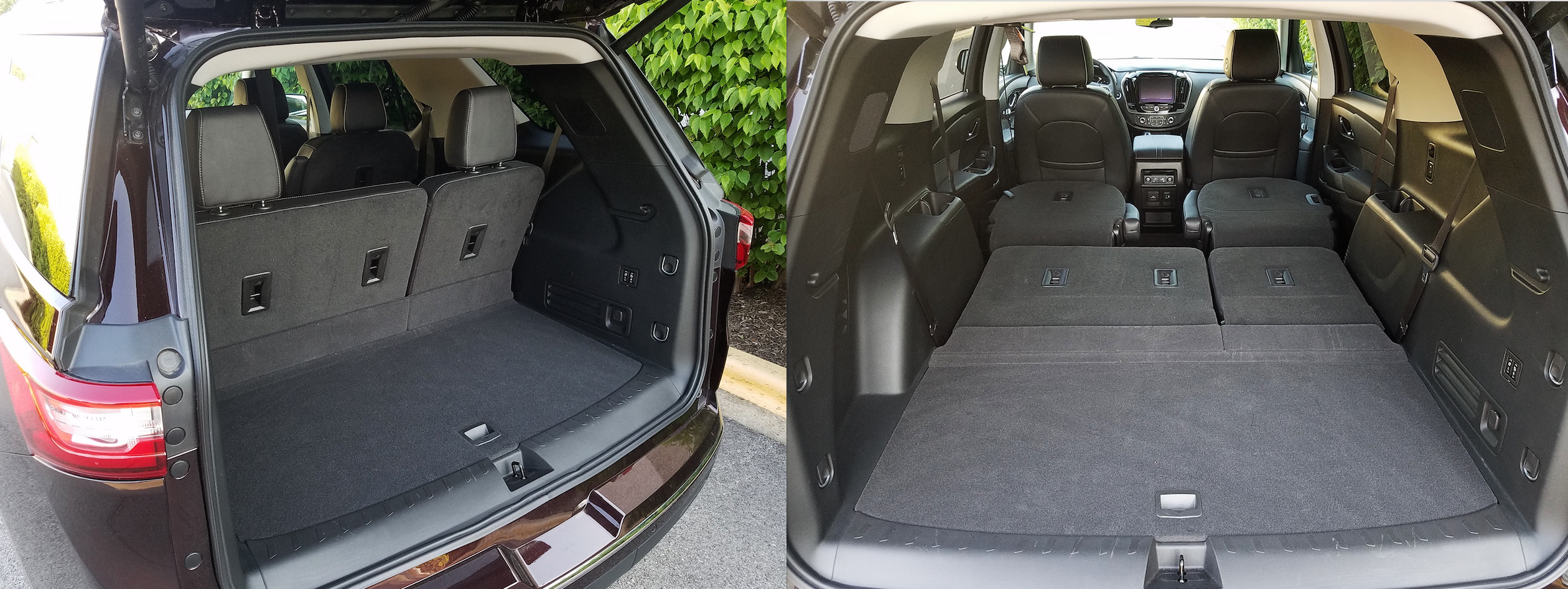
Cargo volume is a Traverse strong point. There’s 23 cubic feet of space behind the third-row seats, which opens up to 57.8 cubic feet with the third row folded and a capacious 98.2 cubic feet with both the second and third rows down.
It’s hard to complain about passenger space, however. There is excellent headroom in the first two rows, and even a passable level for adults in the third row—for those who can fit there. The same is true for legroom. The individual seats in the middle row are separated by a convenient channel to the third row, but the right-side seat (Chevy calls it “Smart Slide”) tracks forward to ease more-direct entry. Third-row legroom isn’t optimal, but even with the adjustable middle seats all the way back, a couple sub-6-foot adults or three kids will fit back there, and seat cushions are just high enough to keep grown-ups from needing to sit knees-up—and start forming dark thoughts about everybody else in the truck.
The personal effects passengers inevitably will drag along with them have been anticipated. There is a large glove box, a substantial covered console box, pouches on the backs of the front seats, and small bins in the door panels. Cup holders are found in the console, rear doors, and in the sidewalls next to the third row. There are also pockets in all four doors, though they are smaller in the front doors than in the rear ones.
Test Drive: 2019 Subaru Ascent Touring
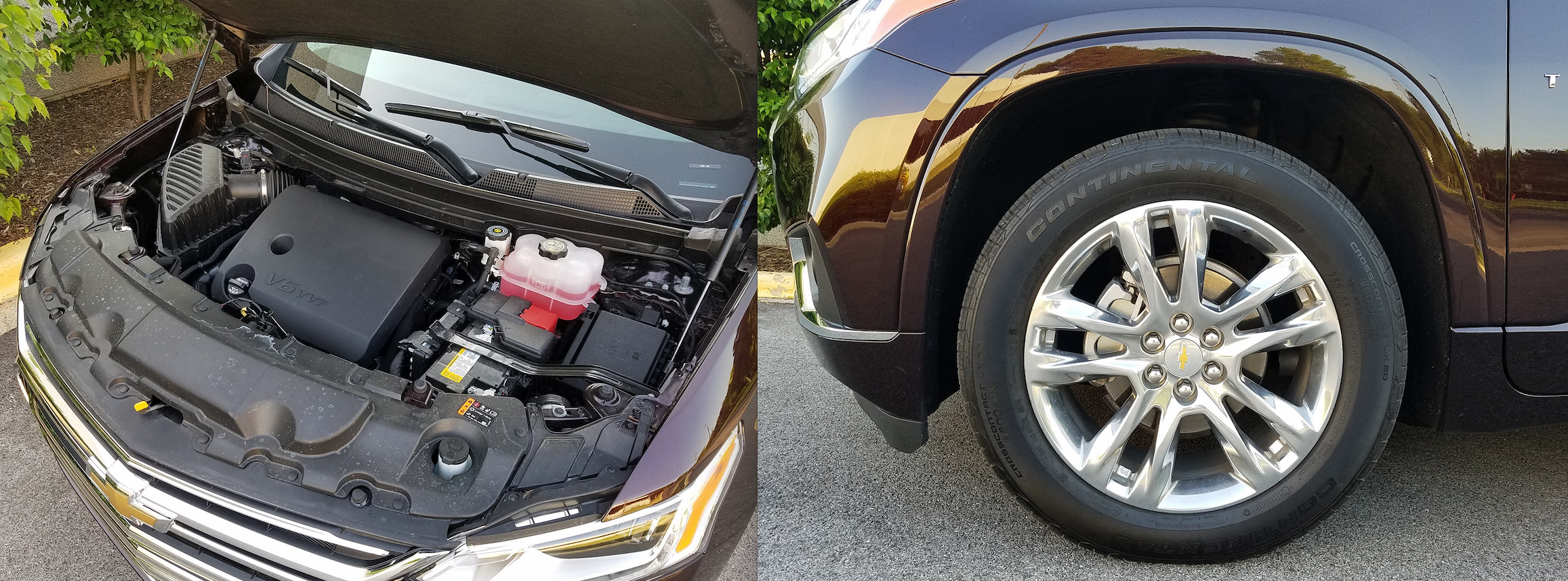
The Traverse’s turbocharged 4-cylinder engine is dropped for 2020, leaving the 310-hp 3.6-liter V6 as the lone powerplant. High Country models come standard with 20-inch polished aluminum wheels.
Considering the overall size of the vehicle, the 23-cubic-foot cargo space behind the third-row seat looks somewhat limited—but that’s just on the bumper-height load floor. Underneath is a substantial molded-plastic storage bin. However, lower the power-folding 60/40-split rearmost seats and 57.8 cubic feet are at your disposal—and that grows to a maximum 98.2 cubes with the captains’ chairs retracted (though that leaves a significant gap in the load floor between the middle seats).
There’s been no change to the Traverse’s surviving 3.6-liter V6 or 9-speed automatic transmission since CGers last drove one in 2018. Engine output still is 310 horsepower at 6800 rpm and 266 lb-ft of torque at 2800 revs. It makes for pleasing acceleration with minimal noise under load, and it is ably accompanied by the smooth automatic that never seems to be playing the wrong note, something not every gearbox with lots of ranges can claim.
AWD Traverses are rated a mile or two a gallon thirstier than front-drivers, according to the EPA. Estimates for those like our test vehicle are 17 mpg in the city, 25 mpg in highway driving, and 20 mpg in combined use. This driver averaged 18.5 mpg from a trip of 71.9 miles with 45 percent of that run in city-like conditions.
While logging those miles, the Traverse is an unperturbed highway cruiser. Ride is cushy without going mushy. It steers easily and handles pretty well in changes of direction, but its size can make close-quarters maneuverability a little more challenging. A twin-clutch automatic-locking rear differential is standard to maximize traction when the situation calls for a little help.
A few of the more-advanced safety-tech items require stepping up to higher-priced models like the High Country. However, the room and power benefits of the Traverse are available throughout the lineup, and they are the kinds of benefits lots of crossover shoppers are seeking.
Test Drive: 2020 Ford Explorer Platinum
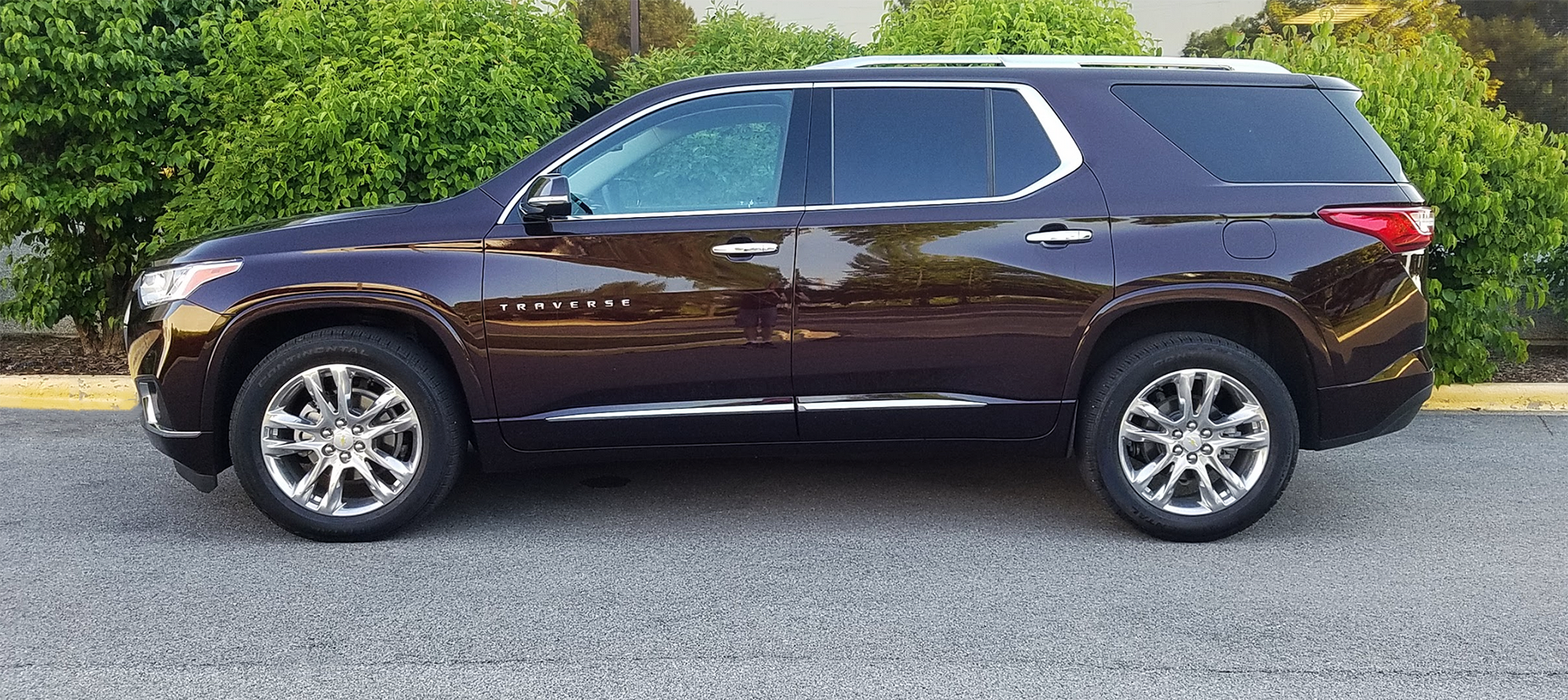
If you need a lot of passenger and cargo room and don’t want to step up to a full-size SUV like a Chevrolet Tahoe/Suburban or Ford Expedition, the Chevrolet Traverse is a worthwhile choice.
Check out the Consumer Guide Car Stuff Podcast
2020 Chevrolet Traverse High Country Gallery
2020 Chevrolet Traverse High Country
